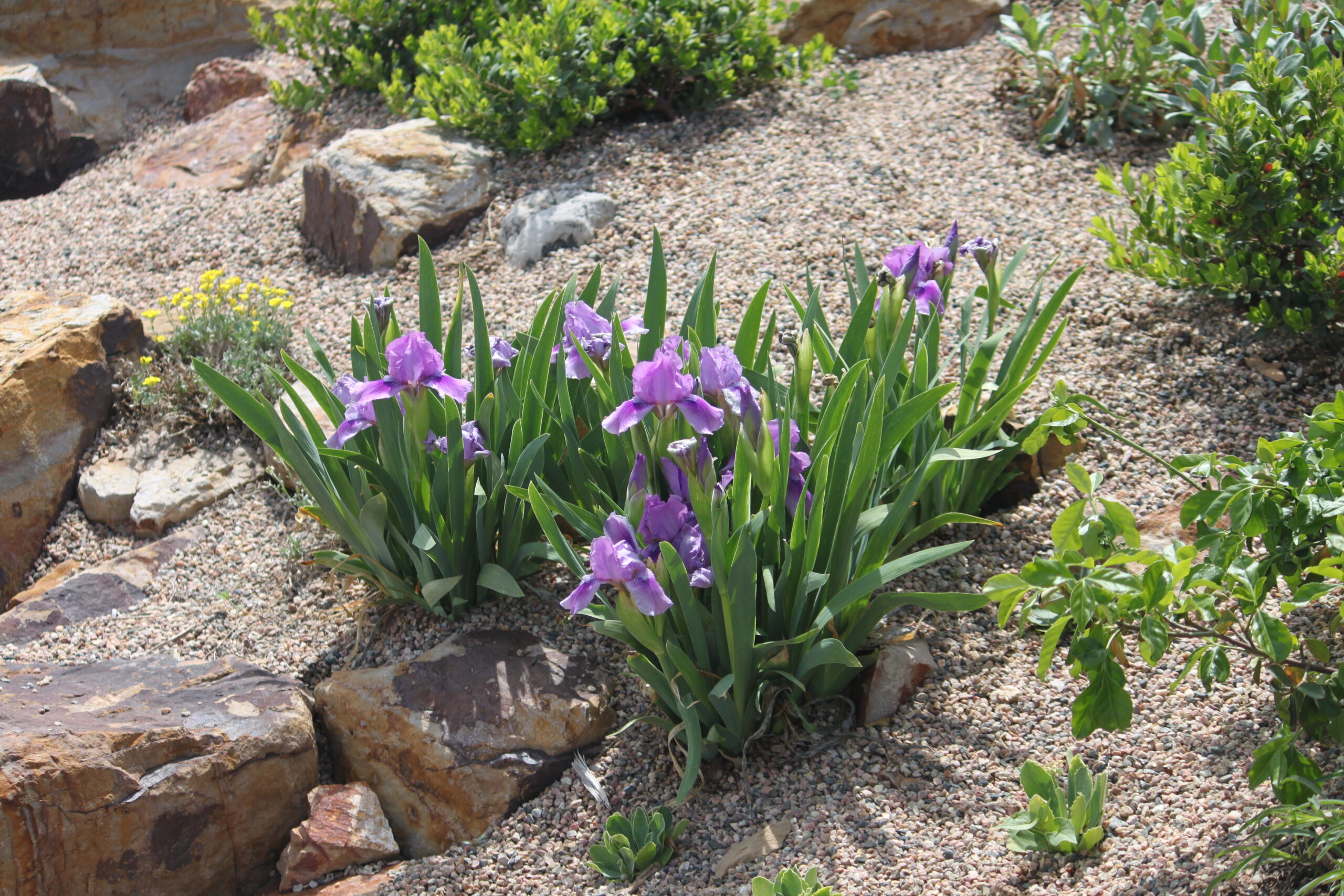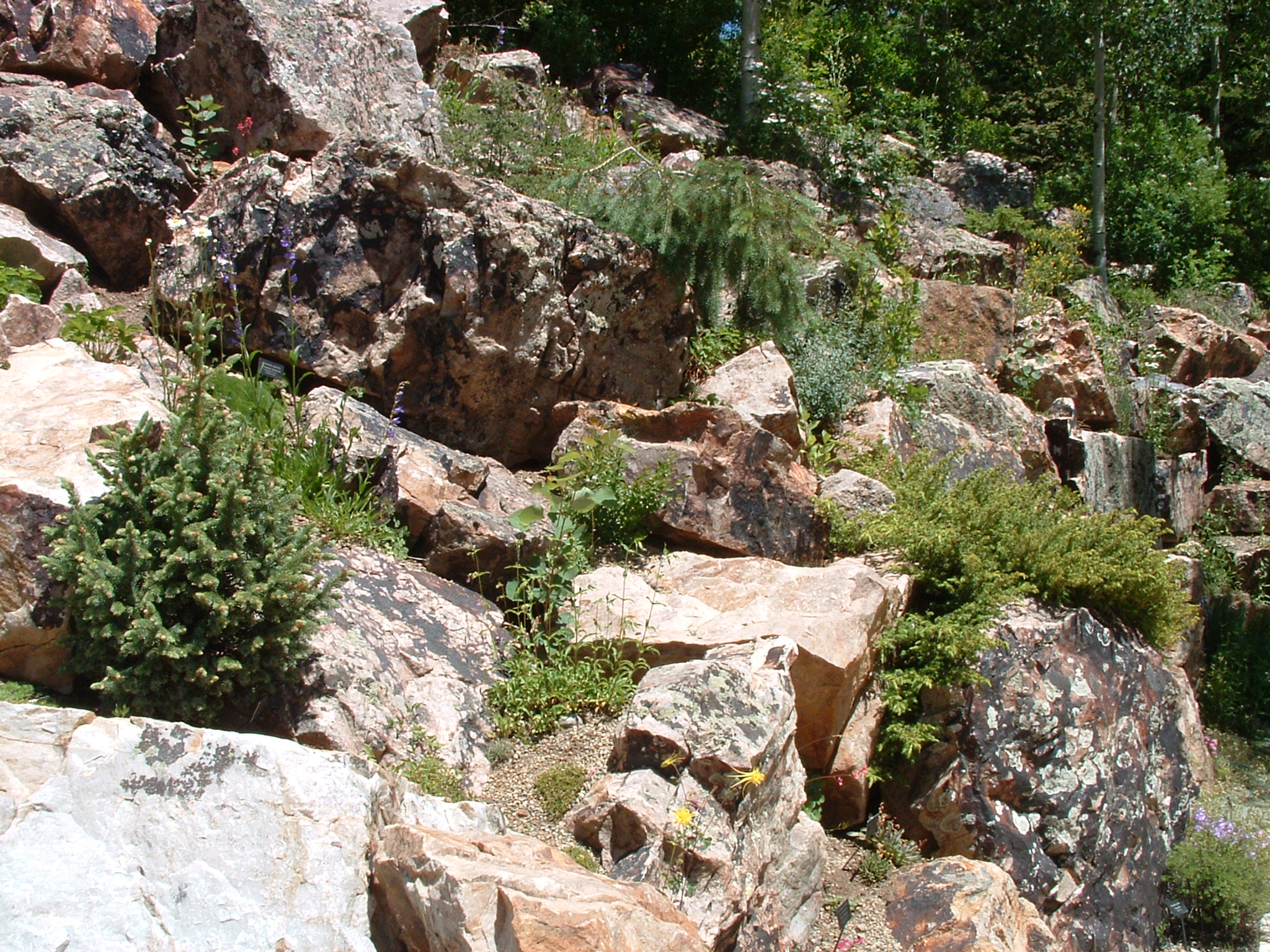


Gardening successfully in the mountains is no small challenge. Location and plant selection are equally important to the success of perennial gardening in mountainous areas, where the growing season lasts 90 or fewer days.
Location differences are magnified at high elevations where pronounced microclimates exist. In these climes, the interaction between sunshine, inanimate objects and terrain make decisions about plant location critical. A plant growing in the shade of a rock might as well be in a whole different climate than the same plant located just three feet away in full sun.
Take advantage of cooler eastern exposures to reduce evaporation or use the drip line of roof to harvest water. If your growing season is especially short, consider movable containers to follow the path of the sun across the sky over the seasons. Sheltering walls and overhangs offer plant havens in cooler periods, as do sunny open spaces during warmer weather.
Plant June to July and take time to amend soil with compost, peat, or well-composted manure. This helps shallow, rocky soils hold the balance of water and air needed for root growth.
For more information, see the following Colorado State University Extension fact sheet(s) and CMG GardenNotes.
- Vegetable garden: Soil Management and Fertilization
- Flowers For Mountain Communities
- Herbaceous Perennials
- Choosing a Soil Amendment
- Ground Covers for Mountain Communities
- Frost Protection and Extending the Growing Season



